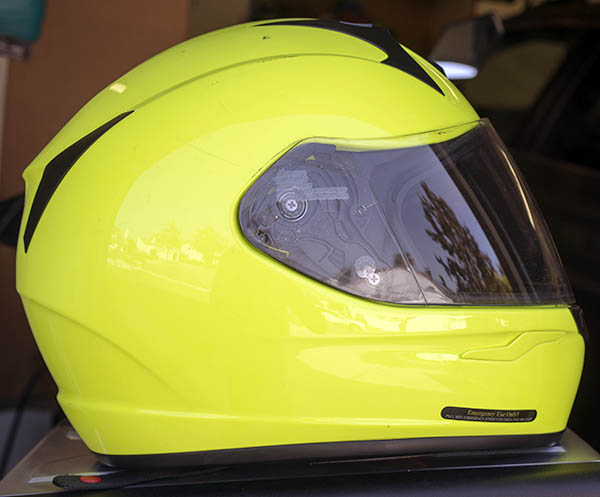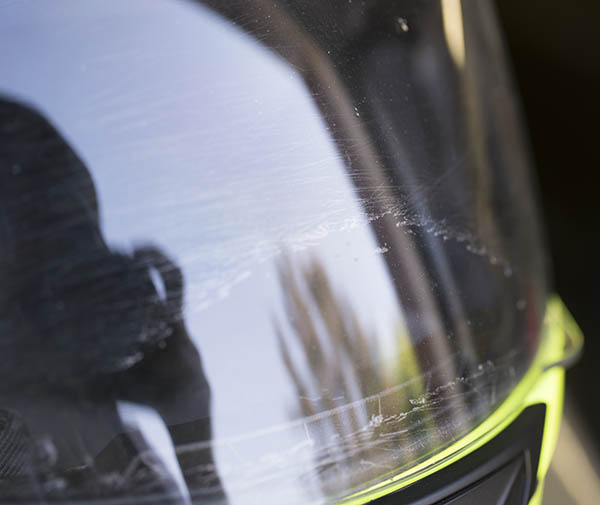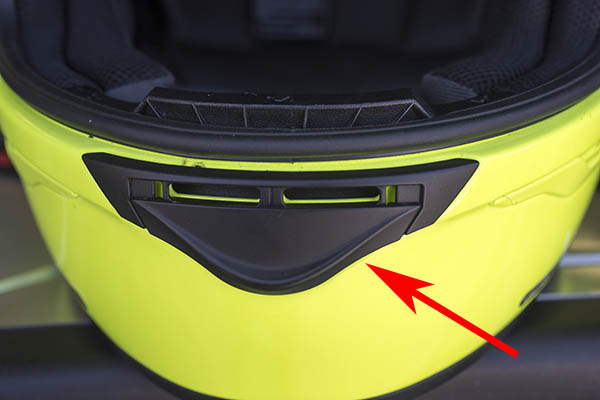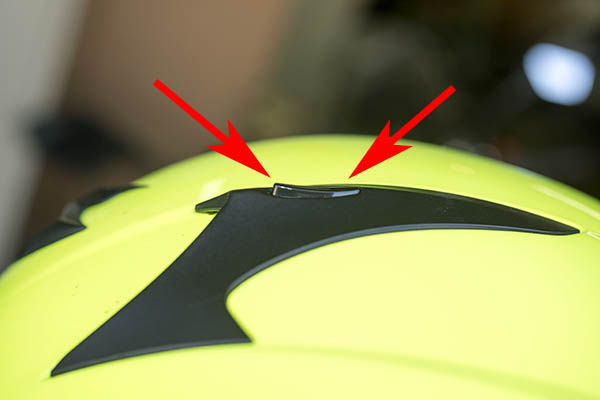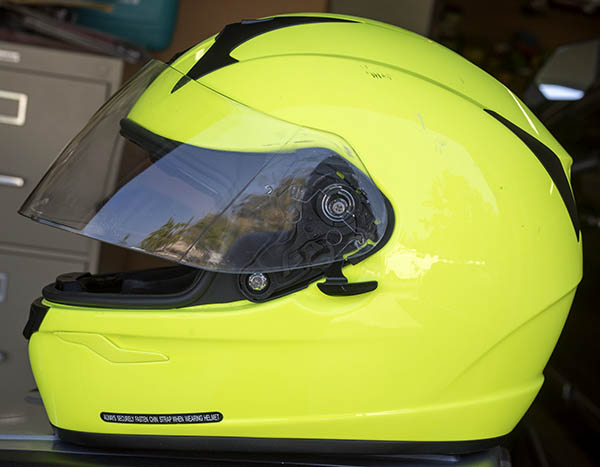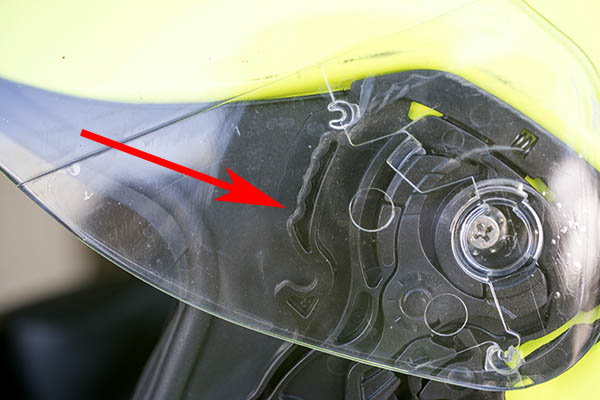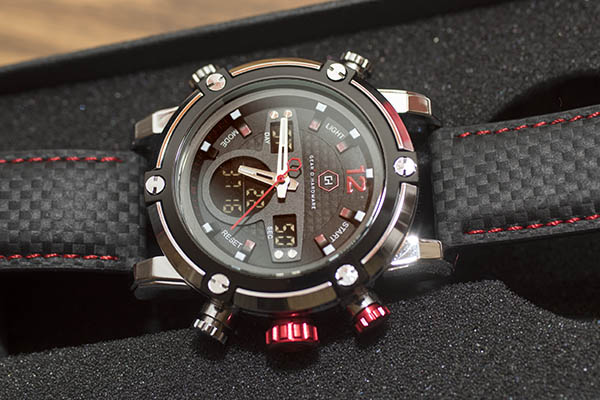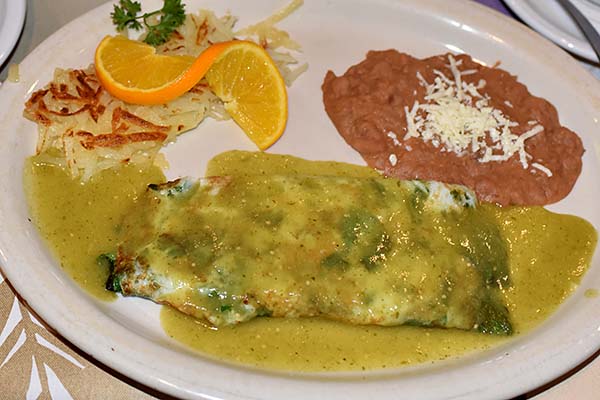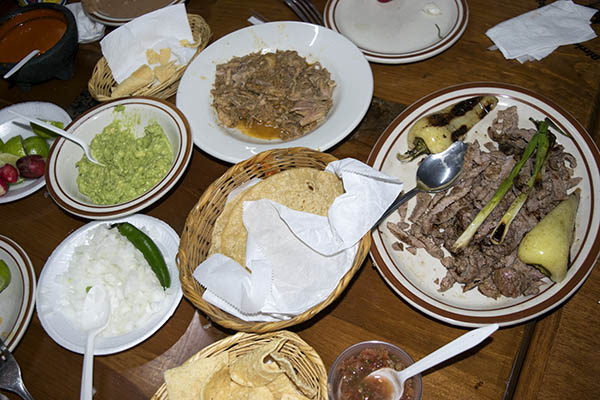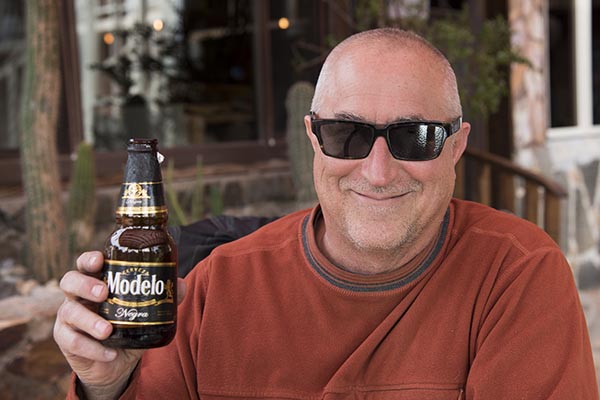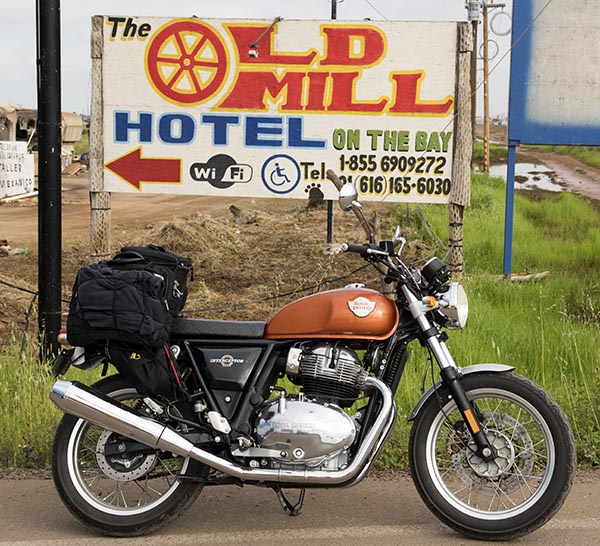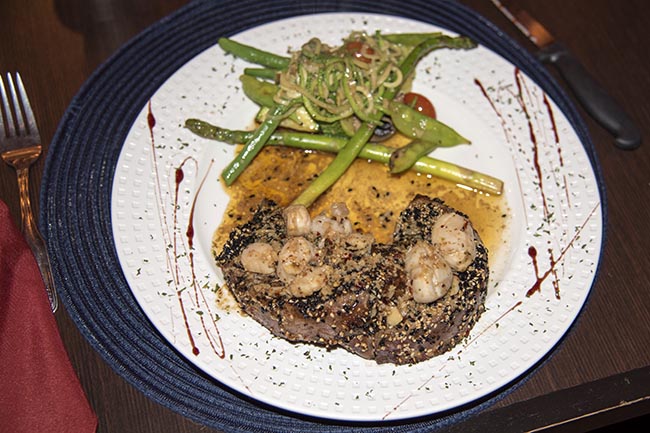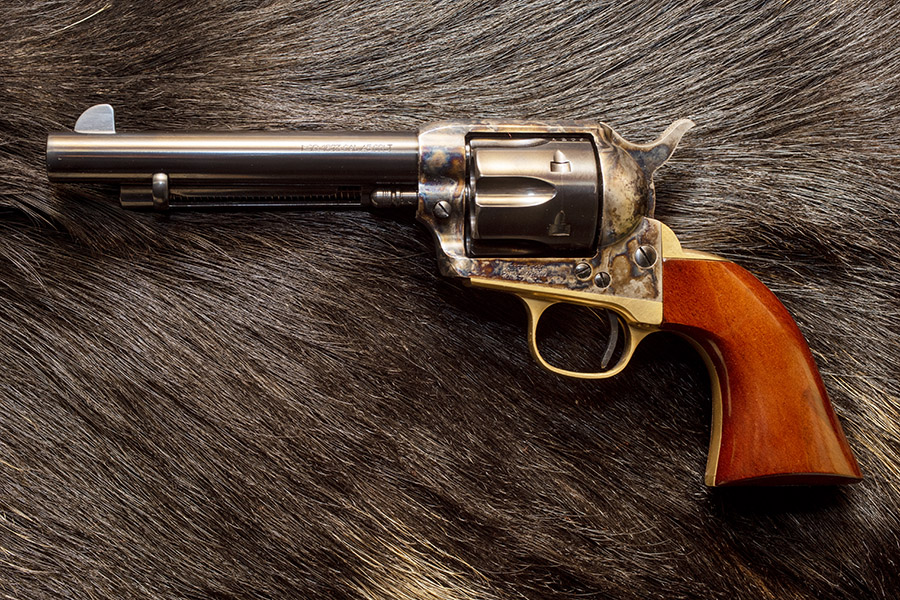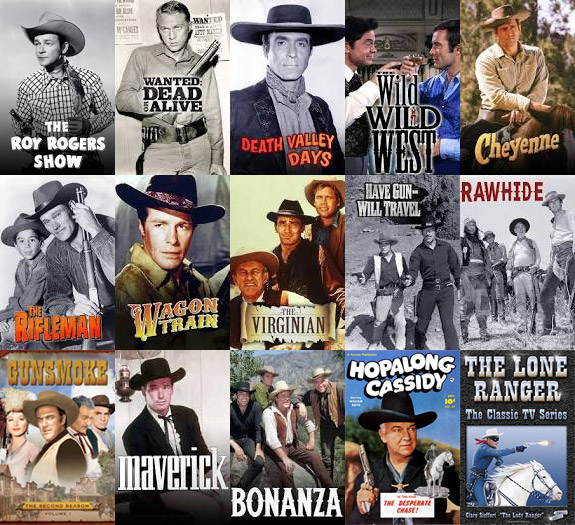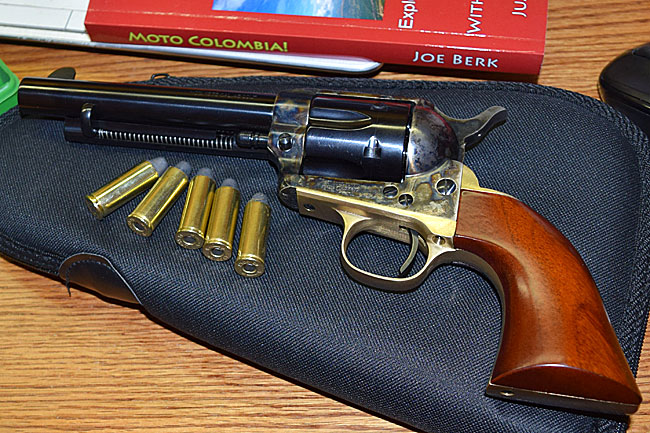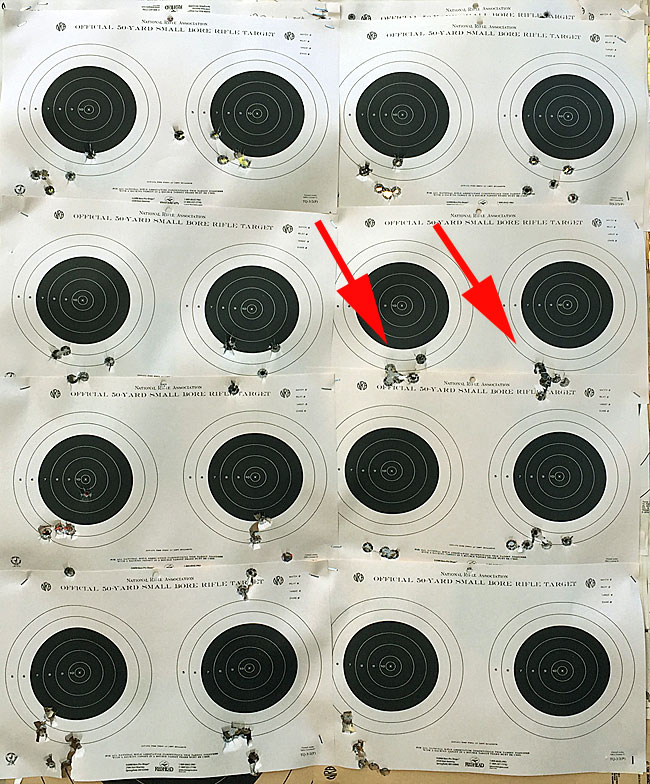This is a story I wrote a good 15 years ago and it has appeared online a couple of times before. It’s about an invitation only celebration of Bud Ekin’s life at Warner Brothers Studios here in So Cal. I first published this story on the old MotoFoto site and then again on the CSC blog about 10 years ago. Good buddy Marty and rode our motorcycles to the event and it was awesome. It’s a good story and it was a great day.
I’ll bet everyone who reads this blog has seen Steve McQueen’s The Great Escape. Released in 1963 (about the same time as the original Mustang Motor Products folded), I believe The Great Escape is one of the greatest movies ever made. If you’re into bikes (hey, you’re reading this blog, so you gotta be!), you know about the scenes showing Steve McQueen racing away from the Nazis on a motorcycle in World War II Germany…
The purists among us recognized that the movie dudes took some liberties here…McQueen was on a 650 Triumph in the film, and the Germans didn’t use Triumphs. The movie folks modified the Triumph to make it look like a German military bike because it would have been a lot harder doing this scene on an old and underpowered BMW. And the guy who jumped the bike over that barbed-wire fence wasn’t really Steve McQueen…it was a previously-unknown desert racer and stuntman named Bud Ekins (more on him in a bit).
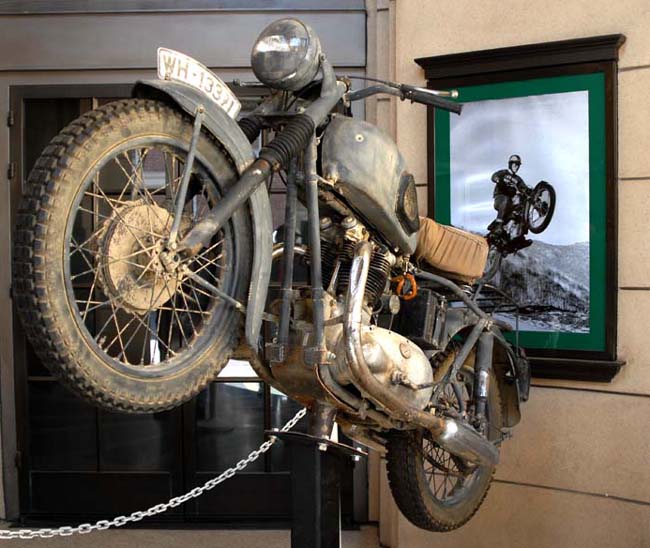
So, how did all this come about?
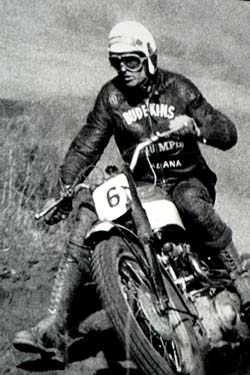
Most of you probably know that Steve McQueen was a serious motorcycle guy. In his day, he was an avid collector, racer, and rider. McQueen got into motorcycling almost accidentally. A guy who owed McQueen money offered to give him a Triumph motorcycle to repay the debt, and McQueen agreed, but he didn’t know how to ride. McQueen took the bike to the local Triumph guru to learn how to ride, and that guy was a racer and mechanic named Bud Ekins. The two became riding buddies and (pardon the pun) fast friends. Fast forward a bit, and McQueen’s got this gig to star in a movie called (you guessed it) The Great Escape. There are cool motorcycle scenes in it, including the iconic jump shown in the video above. McQueen’s bosses wouldn’t let him do the jump, so McQueen turned to his buddy, Bud Ekins. It would be the first time Ekins did any stunt work, or really any work at all in the movie industry.
Ekins and McQueen met with the folks in charge of the movie and learned that the script required jumping a 15-ft fence. Ekins explained to the studio execs that the highest he had ever jumped a motorcycle was maybe 5 feet, but Ekins thought he make the higher jump. McQueen and Ekins worked at it, building up Ekin’s ability to jump greater heights through a series of experiments with ramps, velocity, and ropes. When Ekins felt confident, they filmed the scene in the above video in a single take. That’s all it took.
Ekins negotiated what was then a whopping fee for his jump: $1000. Yep, that’s right…there aren’t any zeros missing in that number. A cool one thousand dollars. It almost seems laughable now, but at the time, it was the highest fee Hollywood had ever paid any stuntman, and it made news.
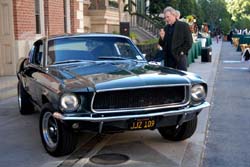
After Ekins made that Great Escape jump, his stuntman career took off. Just about any action scene you’ve ever seen in any movies during the last 50 years or so (if it involved a motorcycle or a car) had Ekins doing the real driving. In Bullitt, he drove both the Mustang (the green car, that is…not a Mustang motorcycle) and he rode the motorcycle that crashed during that movie’s iconic chase scene. In The Blues Brothers, that was Bud behind the wheel of Belushi’s and Akroyd’s trashed out police car. In Smokey and the Bandit, it was Ekins behind the wheel of the Firebird. You get the idea.
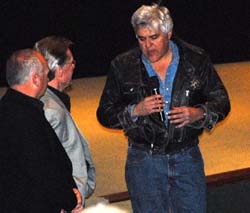
McQueen died young a long time ago. Ekins passed away in 2007, and I was lucky enough to attend the celebration of life for him at Warner Brothers Studios. There were a lot of speakers at that event, including big wheels in the movie business (one was a guy named Harvey Weinstein). The were McQueen family members, Ekins family members, and Jay Leno. Something that stuck in my mind was Harvey Weinstein telling us that during the ’60s and ’70s if you asked any guy who he wanted to be, the answer would be Steve McQueen. But, Weinstein continued, if you asked Steve McQueen who he wanted to be, the answer would be Bud Ekins.
So there you have it. Bud Ekins, Steve McQueen, The Great Escape, a famous Triumph motorcycle disguised to look like a BMW, and more. It was a grand day. So, we have a question for you: What’s your favorite motorcycle movie? Let us know with a comment or two. We’d love to hear from you.

